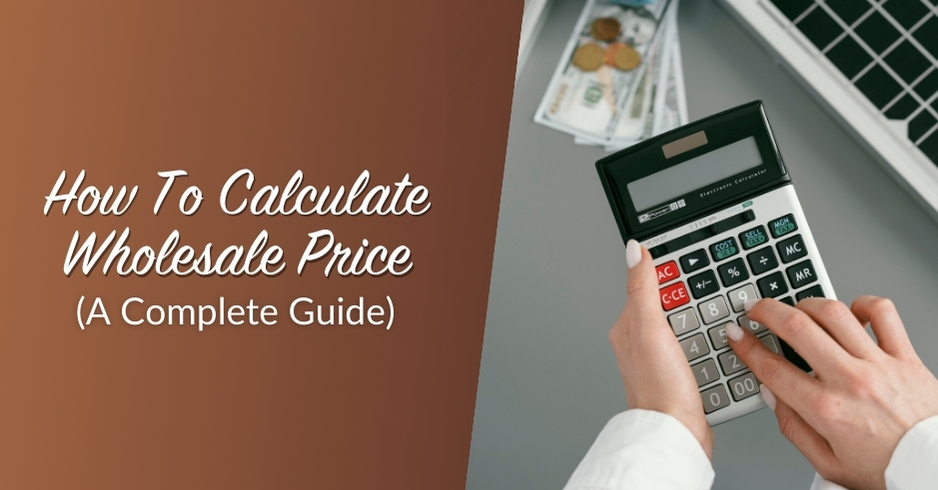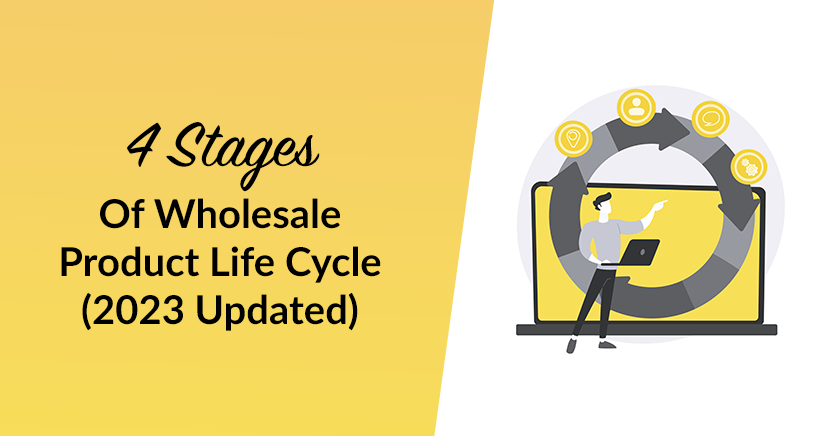
Wholesaling is an important aspect of the product life cycle, as it involves the distribution of goods from manufacturers to retailers. Understanding the different stages of the wholesale product life cycle can help you make informed decisions about inventory management, pricing, and marketing strategies.
Essentially, there are 4 stages of the wholesale product life cycle: introduction, growth, maturity, and decline. Each stage presents unique challenges and opportunities, and wholesalers must adapt their strategies accordingly to remain competitive and profitable.
In this article, we will discuss each stage of the wholesale product life cycle in detail, providing insights and practical tips for wholesalers looking to optimize their business performance.
Understanding Wholesale Product Life Cycle
All products have a lifespan. We’re not referring to the number of years a cellphone can be used before it needs to be replaced. From a marketing perspective, products aren’t simply viewed as items for use and consumption. They go through certain stages that help marketers plan for possible scenarios that can help the business adapt and grow.
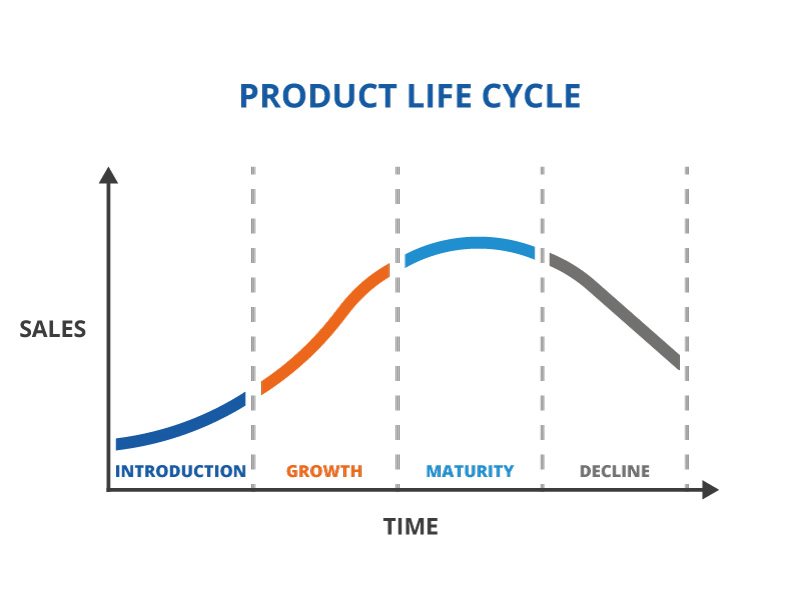
The product life cycle refers to the collective stages related to sales and promotions. These stages are introduction, growth, maturity, and decline. The goal of marketers is to let the life cycle guide them into maximizing the value and profitability of the product at each stage.
The Wholesale Product Life Cycle also takes into account three assumptions:
- Products have a limited lifespan.
- Sales volume varies at different stages.
- Strategies must also change at different stages.
The first assumption is that every product has a limited lifespan. This means that at a certain point, sales will begin to decline, making the product less viable for wholesalers.
The second assumption is that sales volume will fluctuate depending on where the product is in its life cycle. Sales may begin slowly throughout the launch and growth periods, but they will eventually expand. However, during the maturity stage, sales volume will peak and then begin to fall.
And lastly, to remain competitive and profitable, wholesalers have to adapt their strategy at each stage of the product life cycle. For example, during the launch stage, wholesalers may need to focus on increasing product awareness and developing demand. However, throughout the mature period, they may need to focus on cost reduction and profit maintenance.
So now that we understand the assumptions, let’s dive deeper: what happens exactly in these stages?
Stage 1: Introduction
This is the stage where companies tend to spend the most on, but with minimal return on their investment. Most of the stage is spent heavily marketing the product so it gains visibility and potential customers. The product still has no buyers, so your job is to get it in front of the right people. That means plenty of advertising, cold-calling, and lead-following.
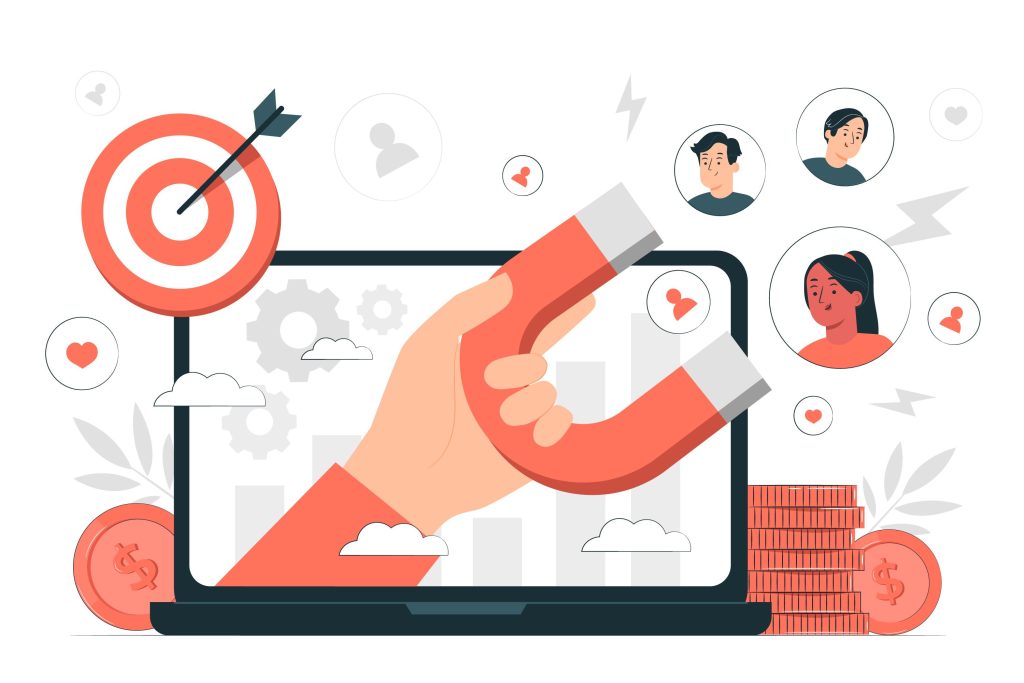
Sales are expected to be very slow, but it tends to pick up around the end of the stage – right before it transitions to ‘growth’. As a wholesaler, the common approach would be to market the product selectively to consumers with the highest likelihood of buying them.
Stage 2: Growth
Buyers now know about the product, see its value, and are willing to buy it.
Naturally, this is where the sales start coming in. Given that this is a new product you’re marketing, you’ll be able to enjoy the profits with little competition. Profit margins will show a dramatic rise, allowing your wholesale business to invest in more promotions and maximize returns from this growth stage.
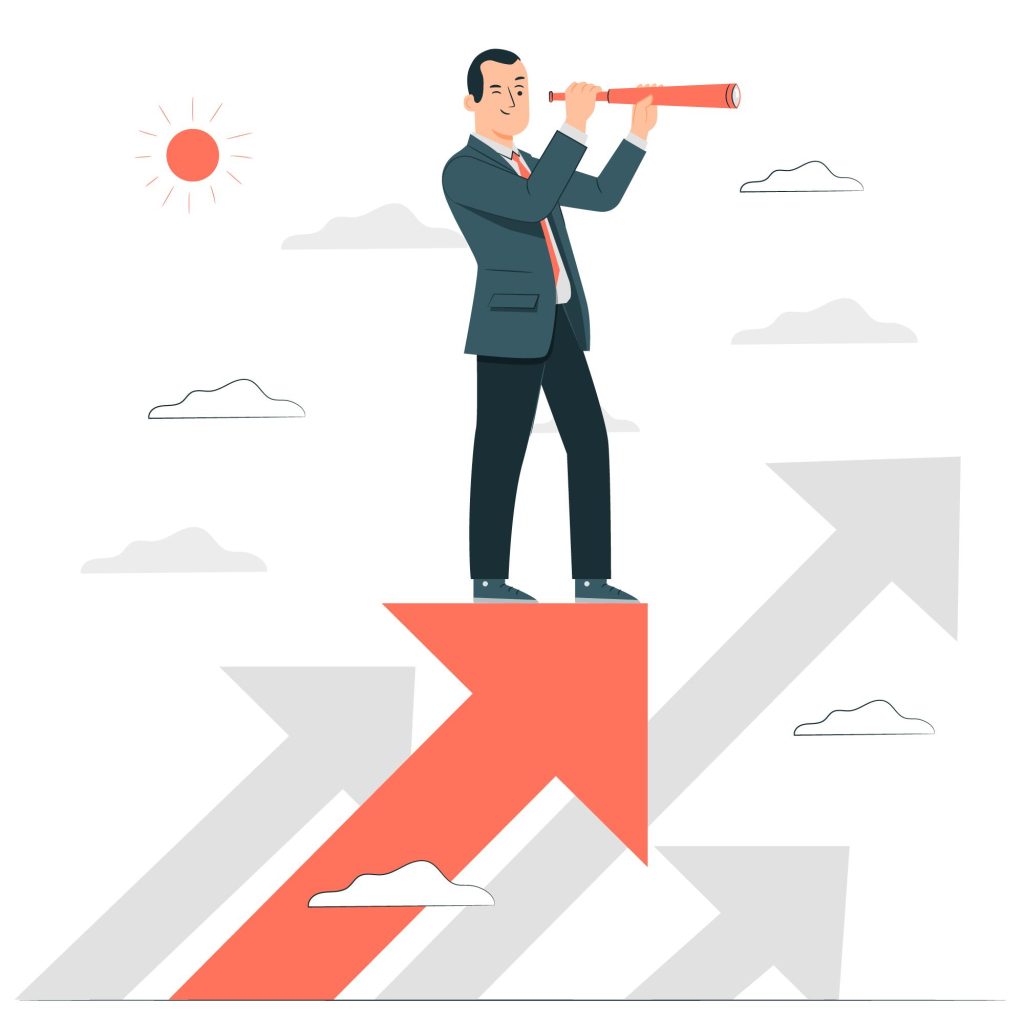
Production costs will also be gradually reduced due to economies of scale. In some cases, some competition will start to show up, but they don’t pose much of a risk at the moment. If you want to keep the buying momentum from dropping too early, you can choose to reduce your prices at this stage.
Remember: if you want to take full advantage of your new product’s growth stage, constantly invest in advertising and widening your customer reach. This is a good way to make sure you get the most out of your product’s ripest moment.
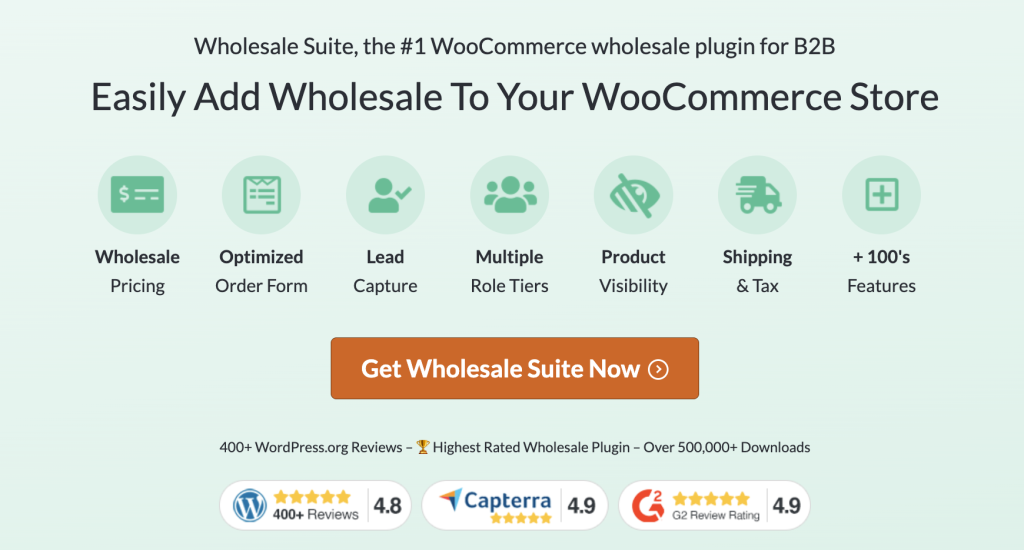
If you’re looking for an all-in-one solution to sustaining your wholesale growth, we highly recommend using Wholesale Suite in your store. This premium plugin is specifically designed to help wholesalers like you take their business to the next level with complex but easy-to-use wholesale-specific features!
Stage 3: Maturity
At this point, the product is well-established. Your goal now is to maintain the market share you’ve built up. You can consider making improvements and modifications to the product as you see fit since other companies will be likely to start creating their own versions of your product – especially if it was a hit.
A good way to keep the product from entering ‘decline’ is to apply extension strategies. This may include rebranding, reducing prices, or seeking a new target market for your product. More complex and expensive advertising strategies will include social media marketing (SMM) and public relations (PR).
Stage 4: Decline
Eventually, the market for your product will start to shrink. This is what’s known as the decline stage of the product life cycle. One reason could be because your target customers have already purchased the product, or because cheaper alternatives are now available.
Take note that this decline is, unfortunately, inevitable. To cut back on costs, you can switch to more affordable production methods and cheaper markets.
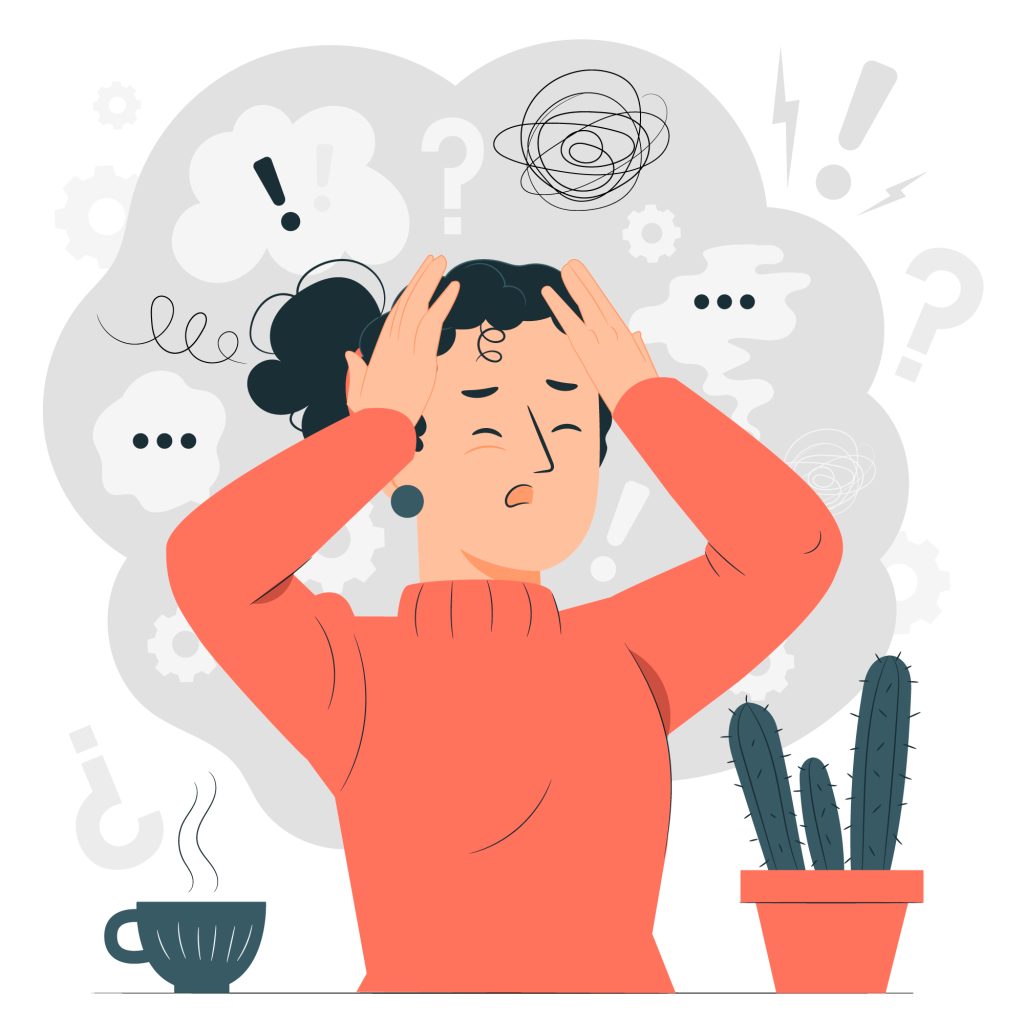
Depending on how well your marketing strategy can cope with the decline stage, your product may or may not have to be terminated. You can choose to liquidate it if you want to invest in the development and marketing of another potentially profitable product.
The concept of a product life cycle has been around for some time. As a wholesaler, it’s important to have a good grasp of how it works to make a profit and stay in business.
However, understanding the process isn’t enough! Proper application of resources and marketing strategies at the right stage is the key to successful wholesale distribution.
Conclusion
When it comes to running a business, understanding the wholesale product life cycle is essential for anyone involved in the distribution of goods. It’s all about knowing how to get products from manufacturers to retailers successfully.
In this article, we covered the four stages of the wholesale product life cycle:
Do you have any questions about the wholesale product life cycle? Let us know in the comments!

